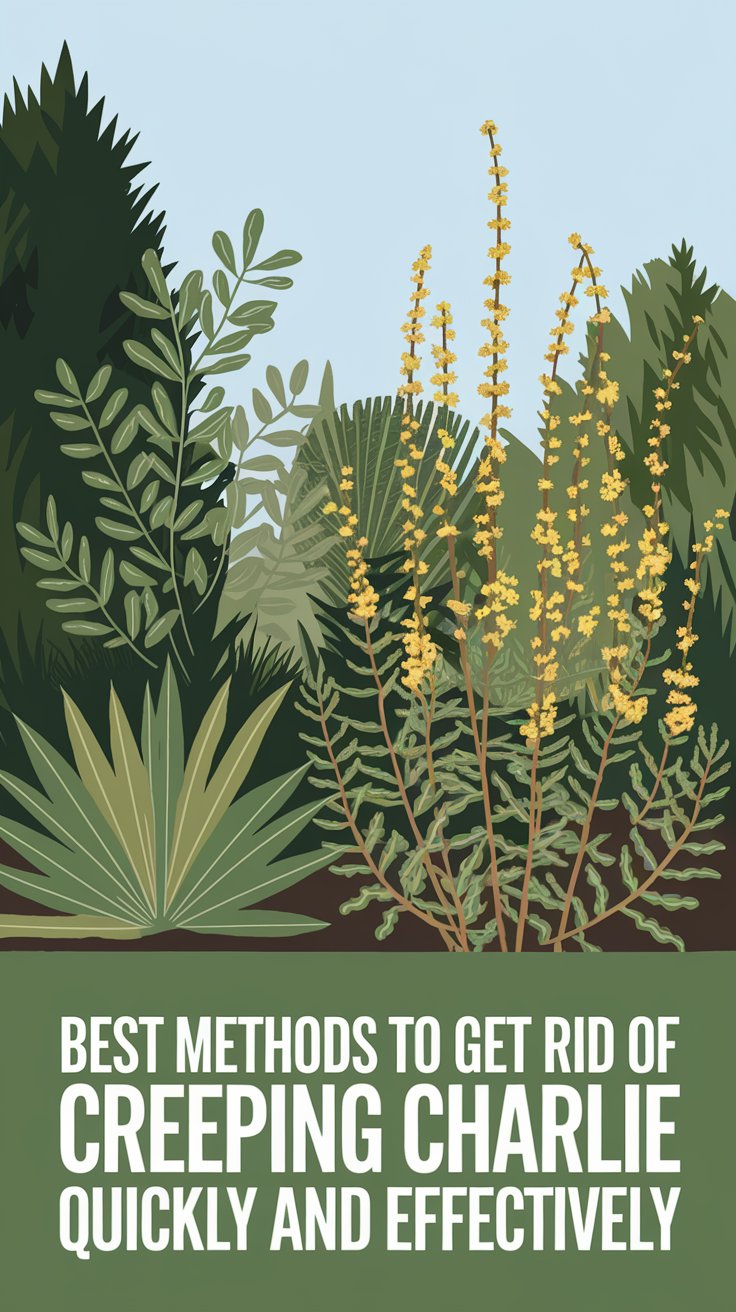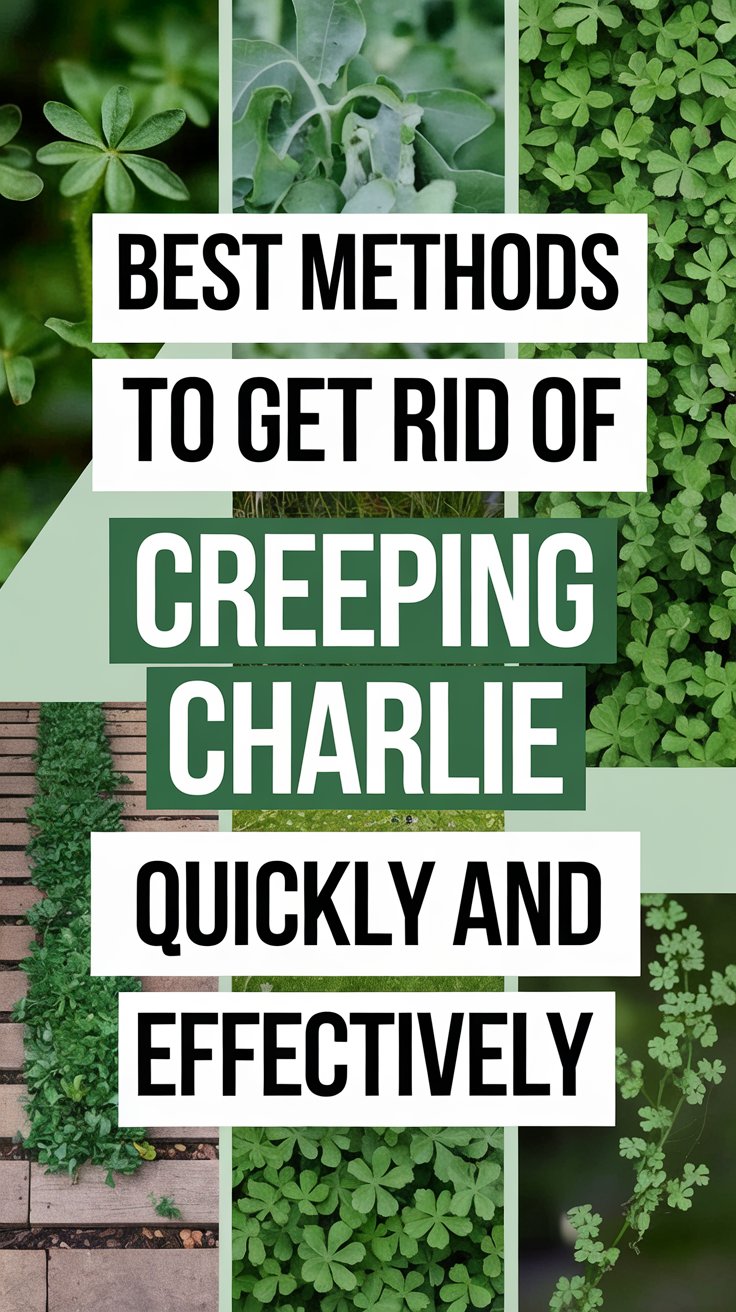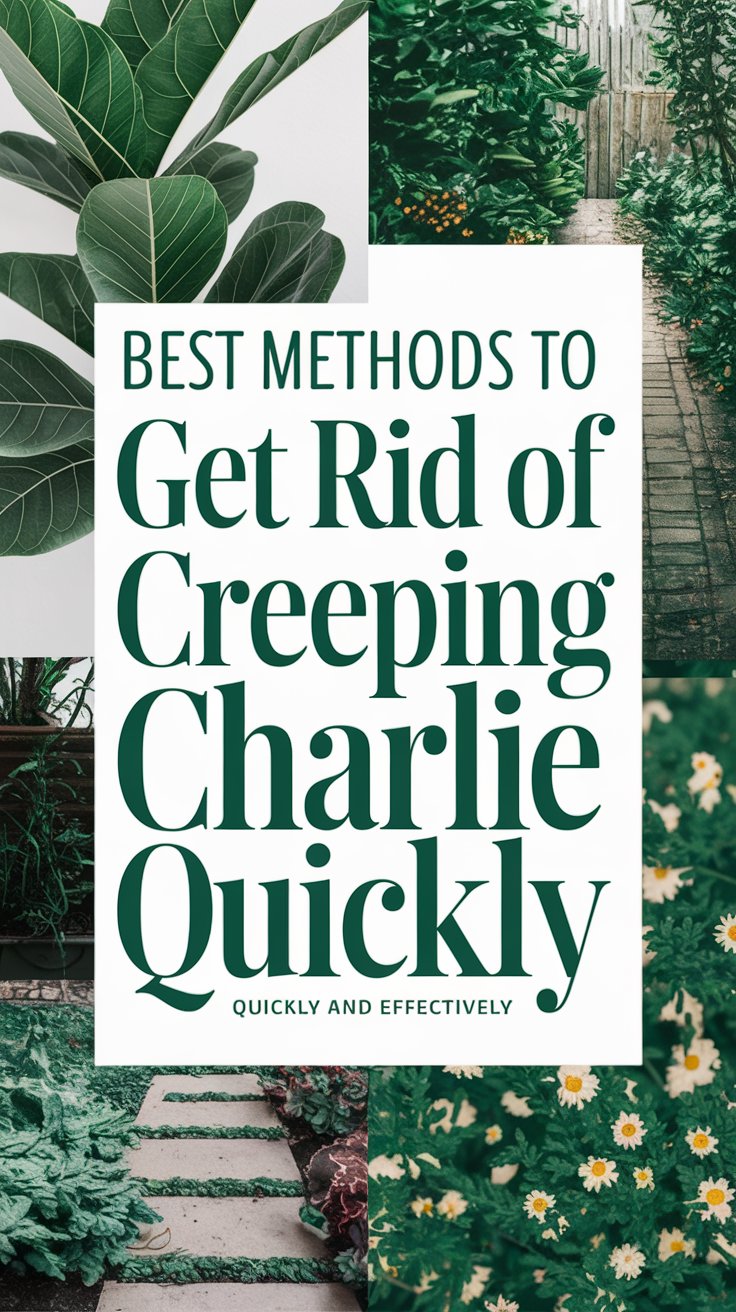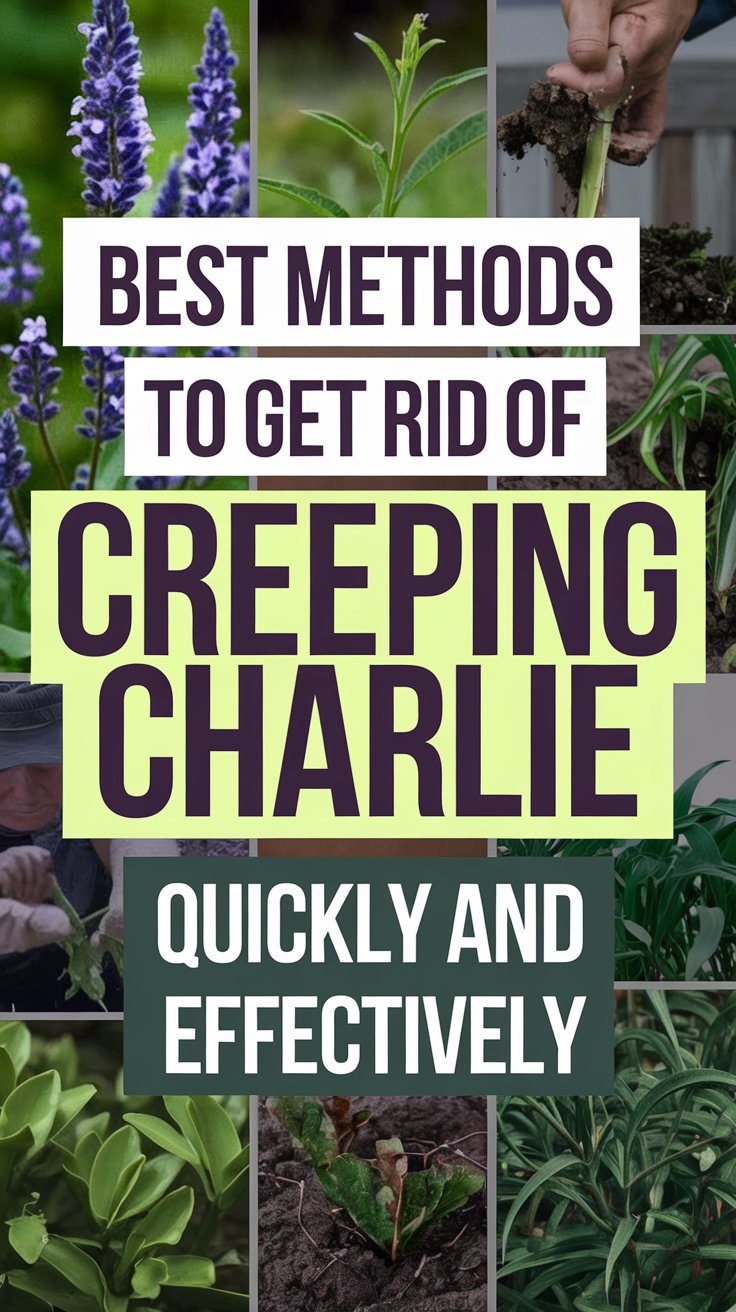Creeping Charlie, scientifically known as Glechoma hederacea, is a perennial ground cover that can transform a tidy lawn or garden into a tangled mess. Characterized by its attractive purple flowers and rounded leaves, many homeowners appreciate its beauty. However, its aggressive growth can quickly lead to the dominance of other plants, making it a nuisance rather than a decorative addition. If you find yourself battling this resilient plant and feel overwhelmed, you’re not alone. In this article, we’ll explore the best methods to get rid of Creeping Charlie quickly and effectively, ensuring your garden returns to its rightful state.
Manual Removal
During spring, when the soil is moist, a great method to control Creeping Charlie is manual removal. To do this, grab a garden spade and dig up the plants. It’s crucial to remove the entire root system to prevent any chance of regrowth.
Tips for Effective Manual Removal
- Wear Gardening Gloves: Protect your hands while working in the garden.
- Choose the Right Day: Try to pull out the plants on a dry day. This helps to minimize soil compaction, making the digging process easier.
Organic Herbicides
If manual removal isn’t your preference, you might consider using organic herbicides.
What to Use
Look for products that contain ingredients like clove oil, vinegar, or citric acid. These options are less toxic and break down quickly in the environment, making them friendlier for your garden.
How to Apply
For best results, spray the herbicide directly on the plants during dry weather. Be cautious to avoid contact with your desired plants, as these herbal solutions can harm any plant they touch.
Chemical Herbicides
For those looking for a more potent solution, chemical herbicides can be effective against Creeping Charlie.
Points to Consider
Products containing glyphosate or triclopyr are known to work well, but remember that they can also kill other plants around. Always read and follow the label instructions meticulously to ensure safe application.
Application Method
The best time to apply chemical herbicides is in early spring or fall when the plant is actively growing. Make sure to choose calm weather conditions to avoid any drift onto desirable plants in your garden.
Cultural Practices
Maintaining a healthy lawn is another essential strategy for controlling Creeping Charlie.
Improve Lawn Health
Regular mowing and using appropriate fertilizers can help keep your grass vigorous. A robust lawn can naturally outcompete the invasive Creeping Charlie.
Correct Watering Practices
Overwatering can create a perfect environment for Creeping Charlie to thrive. Ensure your watering routine encourages deeper, less frequent irrigation to promote grass health while minimizing the spread of this invasive plant.
Mulching
Mulching is an effective way to prevent the growth of Creeping Charlie as well.
Types of Mulch
Consider using organic materials like wood chips or bark. These can effectively block sunlight from reaching the soil, which inhibits germination and growth.
Application
Spread a thick layer of mulch, about 3 inches, in garden beds and around your plants. This will help discourage the emergence of unwanted Creeping Charlie in your garden.
Conclusion
Creeping Charlie may seem like a daunting foe in the battle for a beautiful garden, but with the right methods, you can reclaim your green space effectively. From manual removal to the strategic use of herbicides and implementing cultural practices, there are various ways to tackle this perennial plant. Keep in mind that consistency and patience are key. By combining these approaches, you can not only eliminate Creeping Charlie but also foster a healthier and more vibrant garden. Embrace the challenge and enjoy the transformation of your outdoor space.










